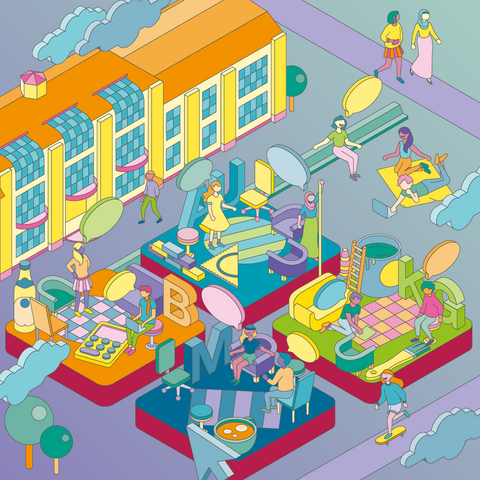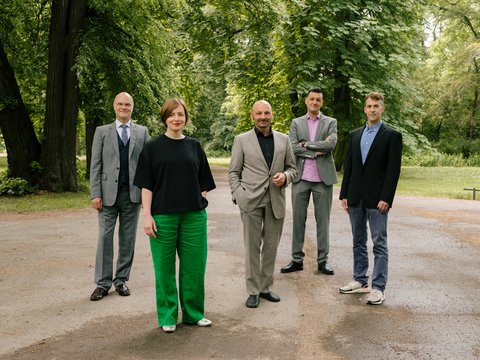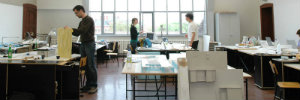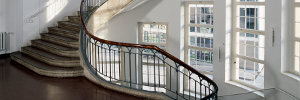Universität
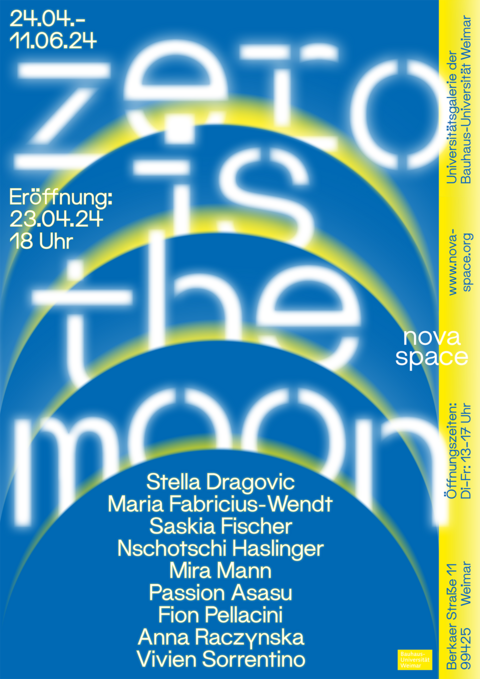
»zero is the moon«: Eröffnung am Dienstag, 23. April 2024, 18 Uhr

Universitätsgalerie »nova space« präsentiert neue Ausstellung
Universitätsgalerie »nova space« präsentiert neue Ausstellung

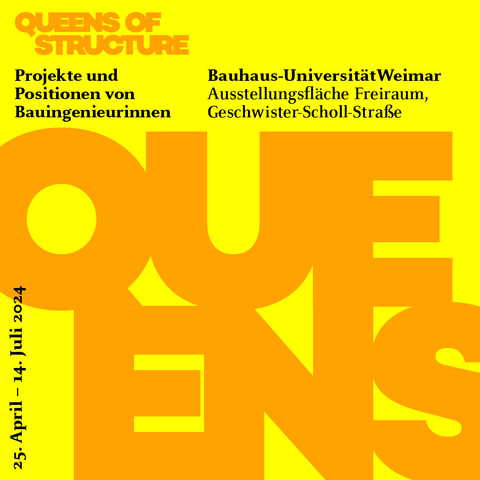
»Queens of Structure«: 25. April bis 14. Juli 2024

Open-Air-Ausstellung rückt Bauingenieurinnen in den Fokus
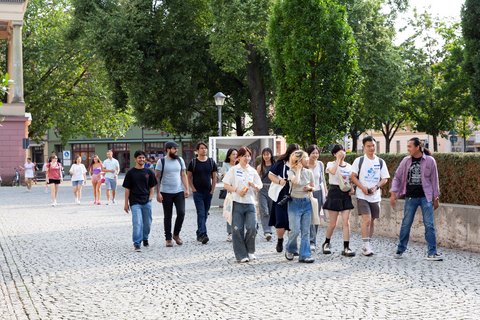
Bauhaus Career Track – Local Networks for Global Talents

Bauhaus-Universität Weimar erhält mehr als eine Million Euro für die Arbeitsmarktintegration internationaler Studierender
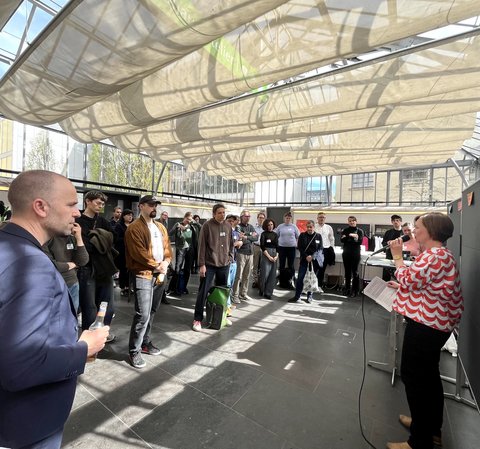
Auftakt- und Vernetzungstreffen am 11. April

»Demokratie stärken«: Ein Netzwerk mit konkreten Projekten entsteht
»Demokratie stärken«: Ein Netzwerk mit konkreten Projekten entsteht

